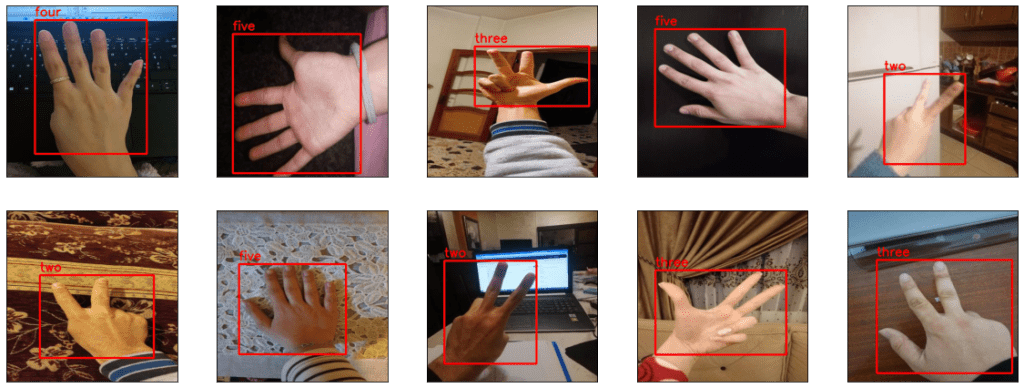Overview of Multimodal AI in Customer Service

Multimodal AI represents a significant advancement in customer service by enabling systems to integrate and analyze diverse data types—such as text, voice, images, and video—to create a unified and context-rich understanding of customer interactions[1]. This comprehensive approach allows organizations to address customer queries more intelligently, merging insights from different channels into a single workflow. By synthesizing varied data inputs into one cohesive model, these intelligent systems pave the way for more precise and responsive customer support that adapts in real time to customer needs[10].
Integration of Voice, Gesture, and Visual Recognition
Modern multimodal AI agents are designed to incorporate not only textual data but also voice, gesture, and visual inputs. For instance, advanced chatbots utilize natural language processing alongside computer vision techniques to analyze customer images and interpret voice tone and sentiment, resulting in a rich and human-like interaction experience[3]. In practice, solutions from Crescendo.ai demonstrate seamless integration where customers can switch between text, audio, and email within the same conversation, while visual troubleshooting capabilities enable the analysis of invoices, screenshots, and other images to instantly pinpoint issues[6]. Additionally, multimodal systems are capable of interpreting non-verbal cues such as facial expressions and gestures to refine sentiment analysis further, ensuring that the responses generated are empathetic and precisely tailored to the customer's emotional state[13].
Automation and Augmentation of Routine Tasks
By integrating multimodal capabilities with robust backend systems, customer service workflows are transformed through the automation of routine tasks and the augmentation of human agent efforts. Systems that analyze texts, images, voice recordings, and videos can automatically classify inquiries, initiate troubleshooting protocols, and even generate specific responses based on the context provided by the customer[4]. For example, when a customer submits an inquiry that involves a damaged product image together with a voice message, the AI system can autonomously verify the defect, cross-check customer history, and trigger a return or replacement process without additional human intervention[10]. Such integration not only lowers resolution times but also frees human agents to focus on more complex and critical issues by providing them with real-time recommendations and streamlined workflows based on comprehensive data analysis[12].
Evaluating Productivity Metrics and Efficiency Gains
The deployment of multimodal AI in customer service can dramatically improve key performance metrics by standardizing and automating a significant portion of interactions. Studies and analyses have shown that AI-driven platforms contribute to enhanced agent productivity by reducing average handling times and accelerating ticket resolutions[2]. Metrics such as the percentage of customer queries resolved entirely by AI, reduced response times, and increased self-service usage all indicate marked improvements in efficiency. For instance, automated systems are capable of achieving faster resolution times while delivering tailored, context-aware responses, which translate into lower operational costs and higher customer satisfaction scores[14]. The ability to monitor these metrics continuously ensures that organizations not only track improvements in agent performance but also make sound decisions regarding additional investments and workflow adjustments.
Change Management and Governance in AI Adoption
Integrating multimodal AI agents into customer service workflows involves significant change management measures to ensure smooth implementation and sustained improvements. A successful transition begins with pilot programs that allow organizations to experiment with small-scale deployments, build confidence among staff, and understand the specific capabilities of the new technology[11]. Engaging stakeholders from the beginning is vital, as is providing comprehensive training and establishing clear governance policies regarding ethical use and data security. Regular monitoring and continuous improvement practices are essential to adapt to new data and evolving customer needs, ensuring that the multimodal systems remain effective over time[11]. Furthermore, by setting up key performance indicators and structured feedback loops, organizations can track both the direct contributions of AI and the benefits derived from enhanced human-agent performance, facilitating transparency and accountability in AI-driven transformations[12].
Get more accurate answers with Super Pandi, upload files, personalized discovery feed, save searches and contribute to the PandiPedia.
Let's look at alternatives:
- Modify the query.
- Start a new thread.
- Remove sources (if manually added).






